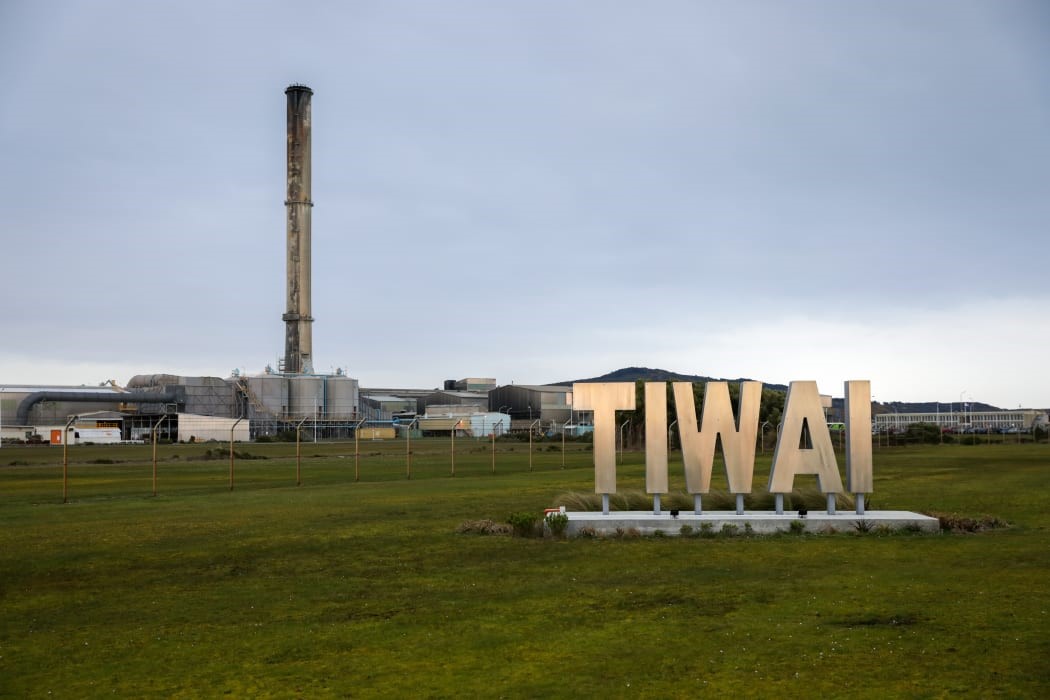

The NZAS aluminium smelter at TIWAI Point is receiving heavy support from the Great South and Southland Business Chamber. They think it should remain in production because “the jobs and GDP it produces are significantly higher than the alternatives that have been suggested”.

Suppose the smelter needs to be saved from an unprecedented closure in 2024. In that case, it is crucial to replace its usual power source with a hydrogen plant that can act as an alternative renewable energy joint for the complete optimisation of the plant.
In the middle of 2021, it came into view that Meridian Energy and Contact Energy were indulging in a conglomeration to construct the globe’s largest green hydrogen plant in Southland. This was decided after a feasibility report unveiled that a green hydrogen plant could develop a structure to gain unparalleled levels of money in export revenue that could, in turn, help in decarbonising New Zealand’s economy.
On March 16, the Great South and Business Chamber published a statement that specified the Tiwai Point closure and introduction of other industries, such as hydrogen, was absolutely not an “either-or” criteria since it thinks both the sector could coexist and support each other in yielding greater economic options for Southland.
The statement said: “The jobs and GDP produced by Tiwai smelter are significantly higher than the alternatives that have been suggested, such as data warehouses and hydrogen production.”
“When you factor in the role it can play in the decarbonisation of New Zealand, and helping to bring new industries on stream, it is clear that having the smelter will drive even more economic opportunities for the region,” as was pointed out in the statement.
The Chief Executive of Great South, Chami Abeysinghe, commented: “Growing the pie is a much better outcome for our region.”
“Tiwai continuing in Southland will support regional development by encouraging other big players to invest here,” Chami said.
Moreover, the smelter has been an essential propagator of New Zealand’s carbon-neutral endeavours.
The smelter utilises 12 per cent of the country’s electricity output to turn alumina into aluminium, “but it also helps provide critical inputs into our own energy security by dialling down its usage during peak energy periods”, the statement has claimed.
Alongside aluminium production, the Tiwai Point smelter can be a major contributor to the evolving green hydrogen industry in the region.
“As a large industrial user of energy, it can support the build of new renewables and green hydrogen facilities in Southland,” the statement prescribed.
“Tiwai could potentially be a foundation customer for a green hydrogen facility with a potentially great annual demand for green hydrogen in its industrial processes,” it added.
The Chamber chief executive officer Sheree Carey underlined that implementation of new industries was not the prime concern as the entire economic concept revolves around an integrated aluminium industry in Southland with all the sustainability quotients tied to it.
NZAS was requested for relevant comments, as the smelter employs almost 1000 people in the area while supporting another 2500 with jobs.
The smelter produces almost 330,000 tonnes of aluminium annually, with a huge chuck from it being exported to Japan. As early as 2020, Rio Tinto spoke its mind about shutting down the smelter in 2021 due to the ever-increasing electricity costs. But it was declared a year later that a deal with Meridian had been cracked to keep the smelter running till 2024.
The Tiwai Point smelter has been under solid negotiations with the electricity generator in Southland to secure the future of the unit.
Responses








